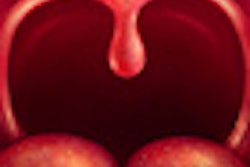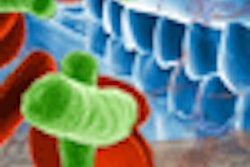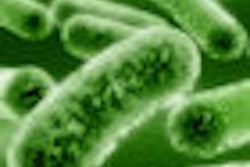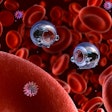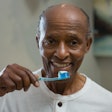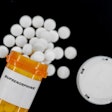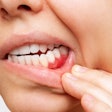Photodynamic therapy (PDT) can "significantly kill" Streptococcus mutans in oral biofilms, according to a new study in Lasers in Surgery and Medicine (July 27, 2012).
PDT has been shown to have a significant antimicrobial effect and presents as an alternative to treating biofilm-related disease, according to the study authors, from the University at Buffalo School of Dental Medicine.
For this study, they wanted to determine the ability of a porfimer sodium photosensitizer (Photofrin) combined with a 630-nm laser to treat localized infections of S. mutans in biofilm communities.
The researchers formed reproducible biofilms using a strain of S. mutans. They immersed the biofilm in up to 125 µg/mL of the photosensitizer for immersion times of five minutes, then illuminated it with the laser at increasing energy densities.
This PDT combination was found to be effective in significantly reducing the viability of S. mutans biofilms, the researchers found. Porfimer sodium incubation times as short as five minutes in solutions as diluted as 25 µg/mL and illuminated with as little as 30 J/cm2 resulted in significant decreases in the viability of bacteria in biofilms, they noted.
"This study has demonstrated that significant killing of the cariogenic organism S. mutans by the combination of a photosensitizer and the appropriate wavelength of laser light was possible even when the bacteria are embedded in an extracellular matrix," they concluded.




